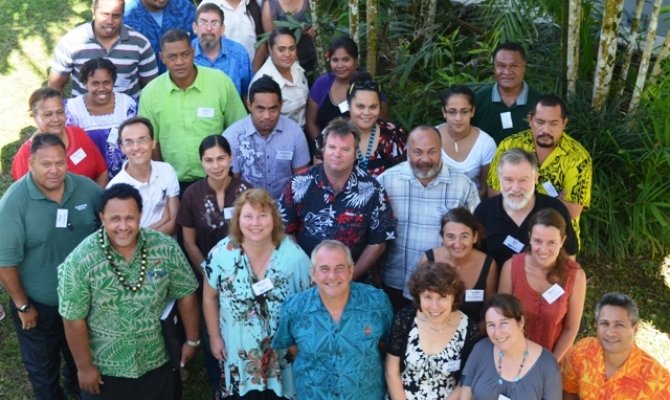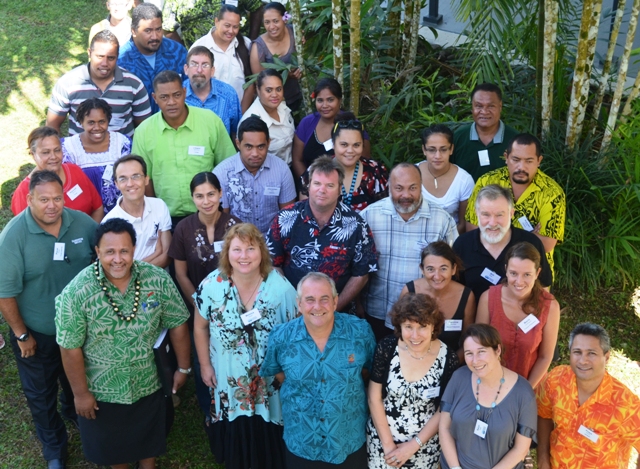
Protect our islands from unwanted invasive species is the key message of a four-day training being held at the Secretariat of the Pacific Regional Environment Programme (SPREP) in Apia, this week.
Invasive species are species that cause harm to the environment, peoples’ health and the economy of islands.
Invasive species include the water-mold that caused the taro leaf blight, which wiped out taro species in Samoa in the early 1990s. This also resulted in millions of dollars being lost from failed taro exports.
The Brown Tree Snake introduced in Guam during the 2nd World War caused extinction of native birds and economic loss through power-outages.
These examples make up part of a global assessment that found the cost of invasive species at 1.4 trillion US dollars per year.
Director General of SPREP, David Sheppard opened the training noting that 80 per cent of species extinctions since the 1800s have taken place on islands.
“The time to act on invasive species is now,” says Sheppard.
“The issue of invasive species was highlighted at the Pacific Islands Forum Leaders’ meeting held three weeks ago in the Marshall Islands. It was again raised at the 24th SPREP Meeting held last week”, adds Sheppard.
Sheppard applauded the offering of this training as one of the major activities immediately after the SPREP Meeting.
“Biosecurity is the front-line of invasive species control”, says Sheppard. “This is one of the key instruments that countries have to protect their islands from the harmful impacts of invasive species”.
Lupeomanu Pelenato Fonoti, Samoa’s Assistant Chief Executive Officer, Quarantine Division shared his concerns about the challenges faced by his office in trying to keep Samoa free from the introduction of invasive species.
“Biosecurity needs the participation and support of everyone, especially our communities”, Fonoti adds. “Biosecurity is a responsibility for all.”
A fast response to a report of invasive species will ensure that the species is not given the chance to cause harm. This will save money for countries, as well as avoid native species loss.
The training focuses on four key processes to protect islands. The first is to identify the pathway or determine how the invasive species arrived to islands. This is followed by surveillance or searching for invasive species. Once an invasive species is detected a response plan needs to be put in place, or an incursion plan. The final process of the training is communication between the various persons and agencies involved, as well as the wider community.
The Island Biosecurity training is attended by environment and quarantine officers from Samoa, Tonga, Tokelau, Vanuatu, Papua New Guinea and French Polynesia. It aims to equip Pacific island people with the skills to address invasive species upon entry and covers a range of preparedness levels such as legislation required, funding bodies and key networks and relationships.
The training is being coordinated by the Pacific Invasives Initiative and the Pacific Invasives Learning Network through funding support from the Critical Ecosystem Partnership Fund administer by the Conservation International office. It is held from 24 to 25 September at the SPREP Compound.